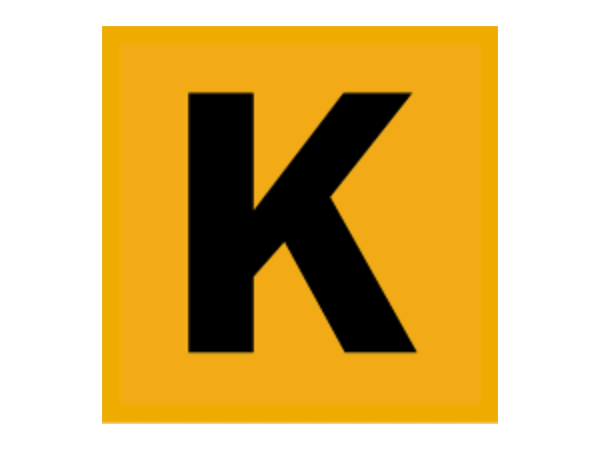The current “panoply” of significant catastrophe loss events affecting the insurance and reinsurance market are expected to drive structural change in products, as well as continued upwards momentum in pricing, according to Kroll Bond Rating Agency (KBRA).
 In a recent report, the rating agency noted that 2020 could become a record year for combined losses from natural and other types of catastrophe events, with Covid-19 the potential driver to record-levels.
In a recent report, the rating agency noted that 2020 could become a record year for combined losses from natural and other types of catastrophe events, with Covid-19 the potential driver to record-levels.
But even without the coronavirus pandemic, the insurance and reinsurance industry would still be facing another costly year, as combined costs from natural catastrophes now look set to eclipse the previous years total.
Severe storms in the United States have already driven billions of losses to the insurance and reinsurance industry and now the hurricane season is driving billions more.
Aon recently pegged weather and natural catastrophe insured losses at $54 billion, which didn’t include the latest hurricane damages from Sally or a significant sum for the wildfires, so catching up fast on the $75 billion the broker recorded for full-year 2019.
Add to that the California and expanding western U.S. wildfire season impacts, estimated at over $5 billion of insured losses already, and with more than one quarter of the year left to run, it’s easy to see 2020 being another particularly expensive year.
The hurricane season, now including Delta the most recent storm, is currently estimated to have caused insurance and reinsurance market losses that could reach above $25 billion.
KBRA notes the fact that Covid-19 continues to hang over the sector, as the possibility of legal issues and court decisions escalating losses from the pandemic does remain a threat. At the same time there is the potential for future waves of the coronavirus to exacerbate the claims situation globally.
This threat may not disappear all that quickly either, as KBRA notes, “There is significant uncertainty on loss estimates, that claims will develop over time, that the specifics of policy language—which can vary a great deal—are critical, and that litigation could drag on for years.”
This threat, alongside escalating losses in catastrophe related contracts from social inflation and other litigation sources, are driving the insurance and reinsurance industry to reassess its terms of coverage.
On Covid, KBRA said, “A broad-based voiding of contracts that makes (re)insurers liable for losses they neither covered nor priced for would be profoundly catastrophic for the industry, and beyond that could raise significant concerns throughout the economy about the sanctity of contracts. KBRA believes that the specific details of policy language will be very important to both insured/insurer private negotiations and to any cases that enter litigation. Loss estimation, loss development, private negotiations, and disputes litigated in court may take many years to resolve; and the still uncertain path of the pandemic and its related impact on the economy further boosts the uncertainties surrounding these outcomes.”
While alongside the escalating catastrophe losses in 2020, means “Primaries and reinsurers are likely to sharply focus on what risks they want to cover and how the related policies are worded.”
Because of these factors and the threat of a very costly year for insurance and reinsurance markets, KBRA said, “In our view, recent events and future cat-related losses will continue to support pricing increases in many lines and will likely also lead to changes in terms and conditions as well as product structure. Cat losses currently in the spotlight include both natural catastrophes (nat cats) as well as human-made catastrophes.”
One upshot of all of this is likely to be a focus on the structural mechanics and the legal terms of coverage, particularly in reinsurance and retrocession.
While the expectation for further hardening of reinsurance rates means that, “renewals may become increasingly challenging, leading primary carriers to assess the near- and long-term impact of reinsurance availability and affordability,” KBRA believes.
 View all of our Artemis Live video interviews and subscribe to our podcast.
View all of our Artemis Live video interviews and subscribe to our podcast.
All of our Artemis Live insurance-linked securities (ILS), catastrophe bonds and reinsurance video content and video interviews can be accessed online.
Our Artemis Live podcast can be subscribed to using the typical podcast services providers, including Apple, Google, Spotify and more.































